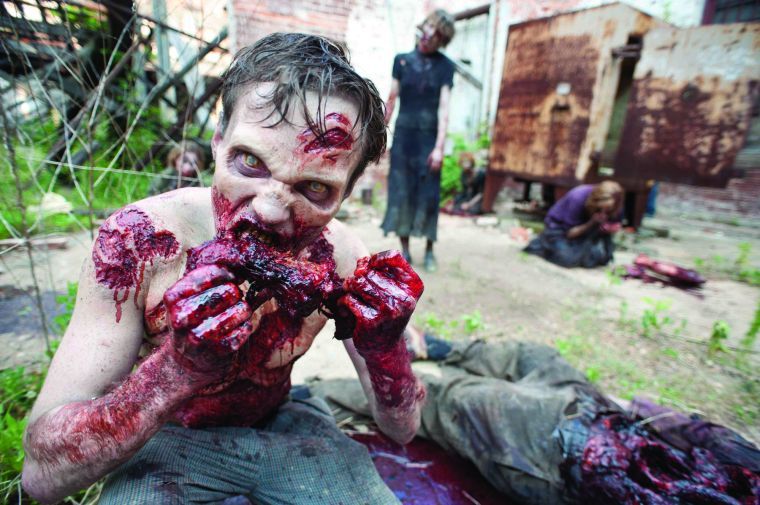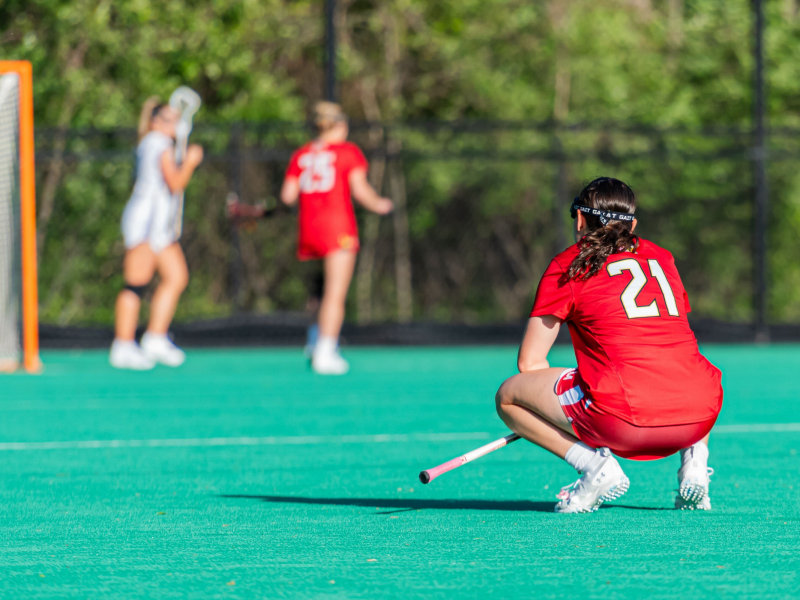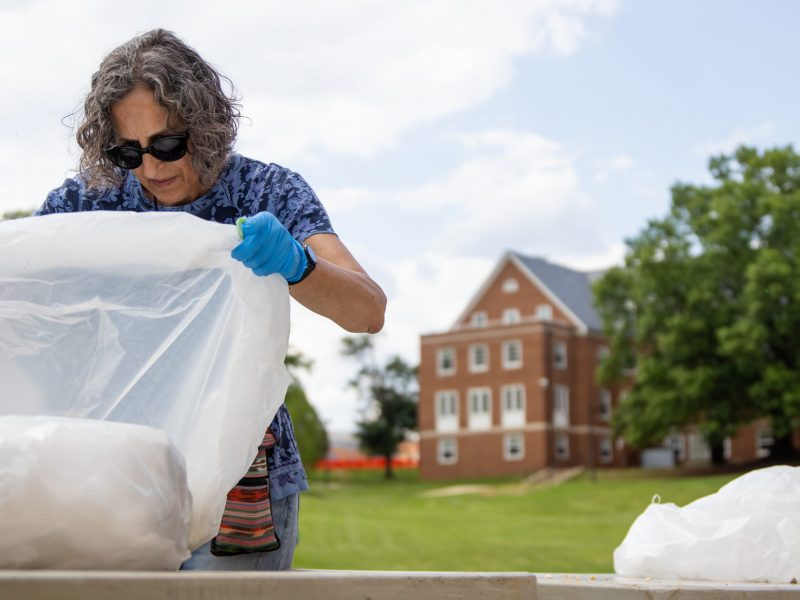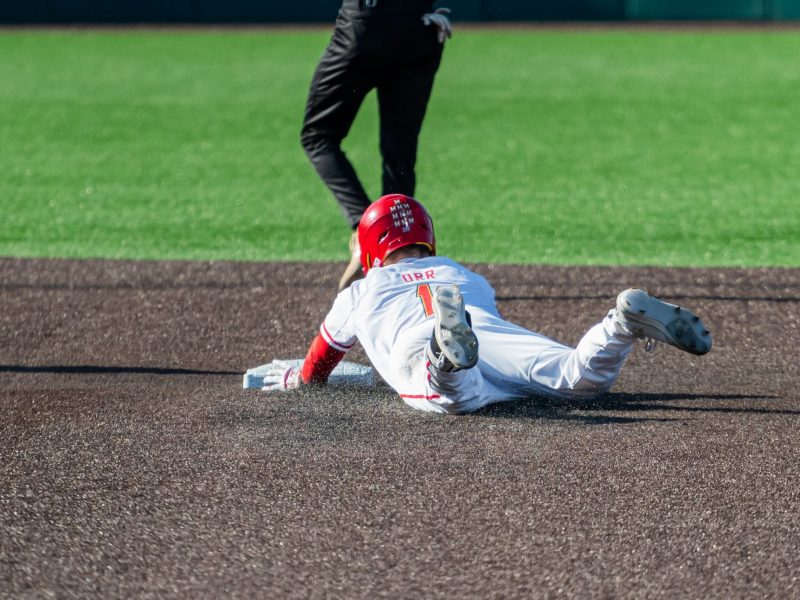
They’re everywhere
The Walking Dead returns for its fourth season Sunday night, meaning zombies will once again crawl from their graves for our weekly entertainment. However, it’s hard to say that the living dead are returning — from video games such as The Last of Us to Brad Pitt’s summer blockbuster World War Z, zombies have been a fixture in pop culture for years. Despite the numerous groans from those protesting “another zombie movie,” the zombie media invasion shows very few signs of stopping.
But where did this cultural obsession with these rotting flesh-eaters come from?
Unlike vampires — which entered popular consciousness primarily through literary works such as Bram Stoker’s Dracula — zombies lack one singular origin in our modern culture. The living dead have existed in many cultures throughout the world in a variety of forms. One of the oldest surviving works of literature, the Sumerian poem The Epic of Gilgamesh, includes a goddess cursing the dead to rise and eat the living. However, there are many differences among these concepts of the undead, and there was no real zombie genre until the 20th century.
Kyle Bishop, an English professor at Southern Utah University, argues that our modern concept of zombies is actually a product of film. In his article “Raising the Dead,” Bishop wrote, “The zombie genre does not exist prior to the film age because of its essentially visual nature; zombies do not think or speak — they simply act, relying on purely physical manifestations of terror.”
The first zombie film, White Zombie, premiered in 1932 and depicted zombies as humans enchanted by a voodoo witch doctor. In the following decades, zombies figured into campy horror movies such as Ed Wood’s Plan 9 From Outer Space. However, the zombie genre took on a new level of cultural significance thanks to George Romero’s 1968 film Night of the Living Dead.
Removed from the classic voodoo zombie archetypes, Romero’s creatures acted purely out of hunger. These monsters, called “ghouls,” were not only terrifying but also reflective of real-world terrors of the Vietnam War. The audiences could connect the gruesome, fictional zombies on the theater screen to the graphic images that were shown nightly on the television screen.
Romero’s zombies also tapped into the American fear of “the other,” an enemy that looks human but looks and acts differently. This fear of “the other” reflected the Civil Rights movement, and the movie serves as a metaphor for the racism prevalent in America in this decade, Bishop noted.
“Historically, zombie cinema had always represented a stylized reaction to cultural consciousness and particularly to social and political injustices, and America in the 1990s saw perhaps too much complacency and stability for zombie movies to fit the national mood,” Bishop explained in “Raising the Dead.”
The genre once again rose to prominence following the 9/11 attacks, feeding off the new national terrors and tensions. According to the History Channel program, “Zombies: A Living History,” more than half of all known zombie movies have been made after September 2001.
“Because the aftereffects of war, terrorism, and natural disasters so closely resemble the scenarios of zombie cinema, such images of death and destruction have all the more power to shock and terrify a population that has become otherwise jaded by more traditional horror films,” Bishop wrote.
Zombies again reflected the fear of “otherness” in America. Like the media prototype of terrorists, zombies are presented as unfamiliar to humans, unable to see reason, impossible to negotiate with and desperate to kill without reason. The Walking Dead became a potent staple of post-9/11 horror.
Zombie movies today still reflect many common fears that impact audiences around the world: Fear of our own death, the “other,” infection, technology and even the fear of other people are all present in today’s media, including The Walking Dead.
Moreover, media such as AMC’s hit zombie show highlight the darker side of human nature. As humans fight for survival in these post-apocalyptic landscapes, they must decide how to function in a world where the social order has broken down. In these circumstances, humans realize they often become no better than the monsters they are fighting.
As Romero once said, “We’re the living dead.”



